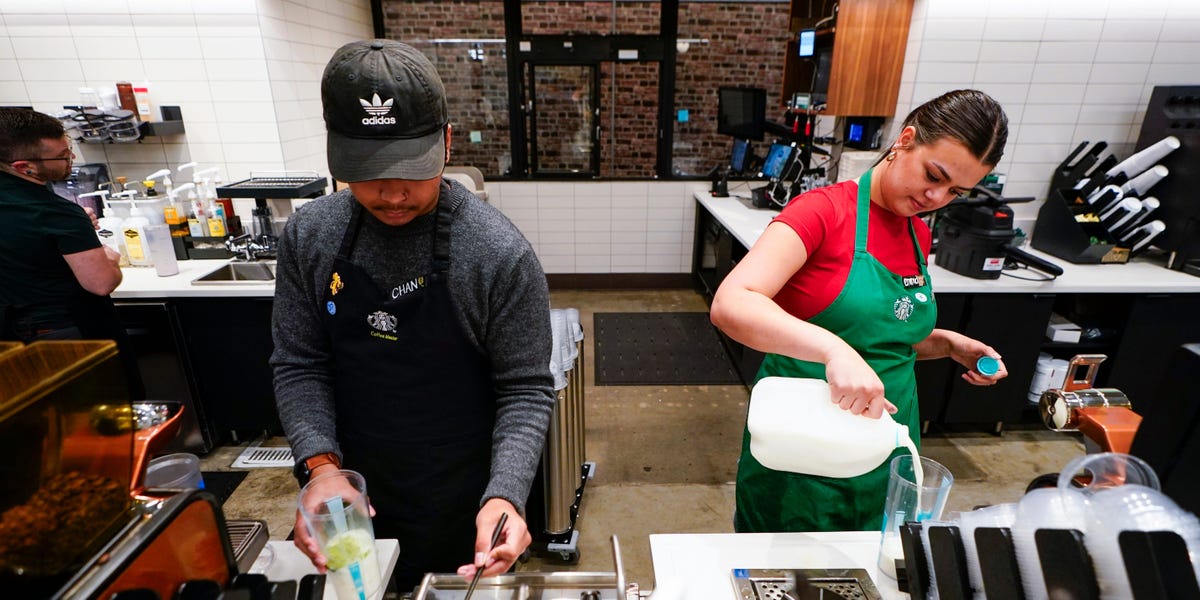Behind the Apron: Starbucks Baristas Speak Out on Controversial New Dress Code

Starbucks' Latest Dress Code Sparks Wardrobe Concerns and Career Reflections
Baristas across the coffee chain are facing an unexpected challenge with the company's new dress code: a potential significant personal investment in their professional attire. The updated guidelines are not just about appearance, but are raising deeper questions about the ongoing transformation at the popular coffee retailer.
The new dress code requires employees to refresh their work wardrobe, potentially compelling many to spend hundreds of dollars on new clothing items that align with the company's updated style standards. This financial burden comes at a time when many service industry workers are already navigating tight budgets and economic uncertainties.
Beyond the monetary considerations, the dress code changes are symbolic of Starbucks' broader efforts to reinvent its workplace culture and brand image. Some employees view these modifications as a mixed signal—while the company aims to project a more polished and professional environment, the personal cost to workers could potentially undermine employee morale.
As Starbucks continues its strategic turnaround, these dress code updates serve as a microcosm of the larger organizational changes, prompting baristas to reassess their commitment and the evolving nature of their workplace experience.
